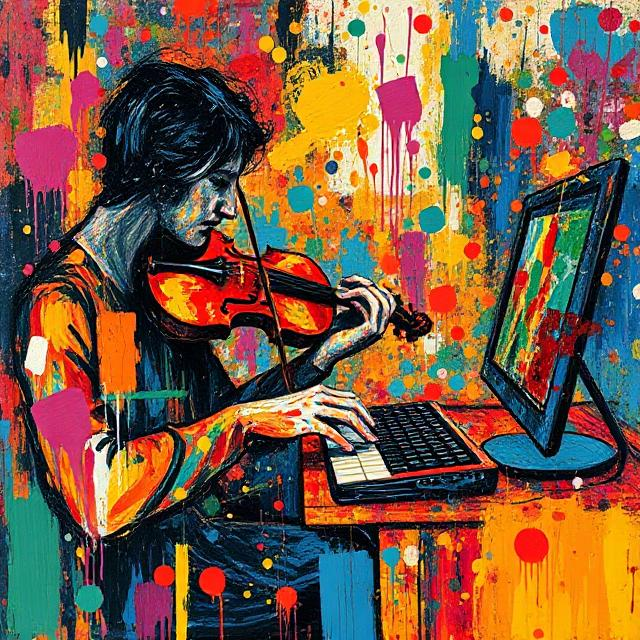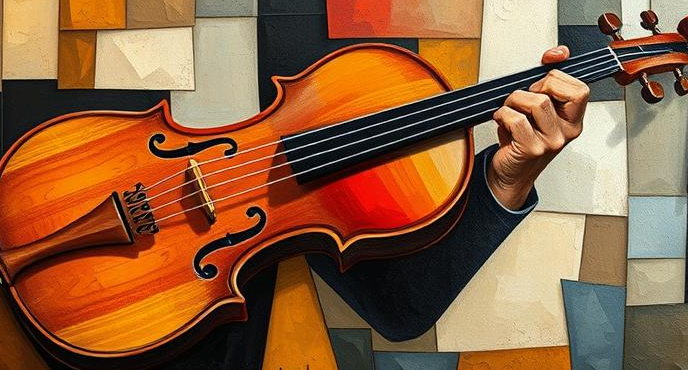
The Violin as a Mirror of Emotions:
Have you ever wondered what truly makes the violin so special?
It’s not just the notes we play, but the emotions we release. The violin is a bridge between our hearts and the world, a companion on our emotional journey.
In this article, we will explore how this magical instrument can take us to places we never imagined.
Joy in Every Melody as a Creative Impulse:
When we play a vibrant Allegro, we feel joy running through our veins. The violin becomes an extension of our happiness, allowing us to share it with those who listen. When a musician connects with joy, this emotion becomes a powerful creative engine. The allegro, with its fast tempo and lively character, acts as a catalyst for this energy, allowing it to be expressed explosively.
But what does the word “Allegro” mean in music and why is it used, you may ask?
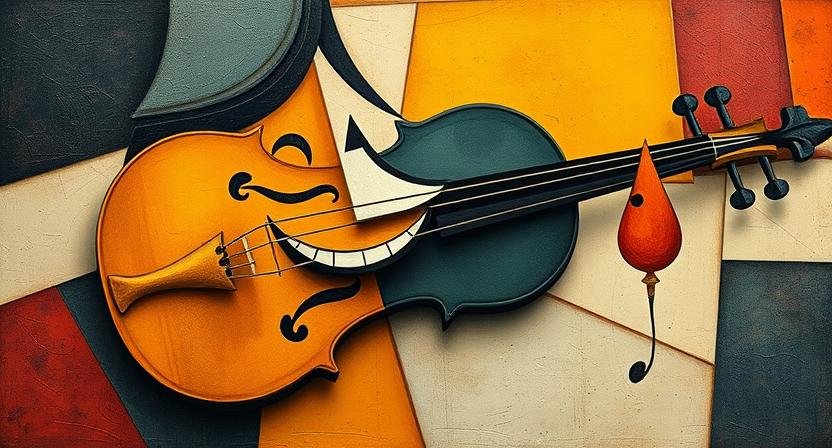
Meaning of “Allegro” in Music:
- Fast and Lively Tempo: “Allegro” literally translates to “cheerful” or “lively.” In musical terms, it indicates a fast tempo, generally between 120 and 156 beats per minute (BPM).
- Cheerful Character: In addition to speed, “allegro” also connotes a cheerful, energetic, and lively character in music.
- Variations: It is important to note that there are variations of “allegro,” such as:
- “Allegretto”: Slightly less fast than “allegro.”
- “Allegro ma non troppo”: Fast, but not too much.
- “Allegro molto”: Very fast.
So you may wonder, why is this word used at the beginning of pieces written for violin?
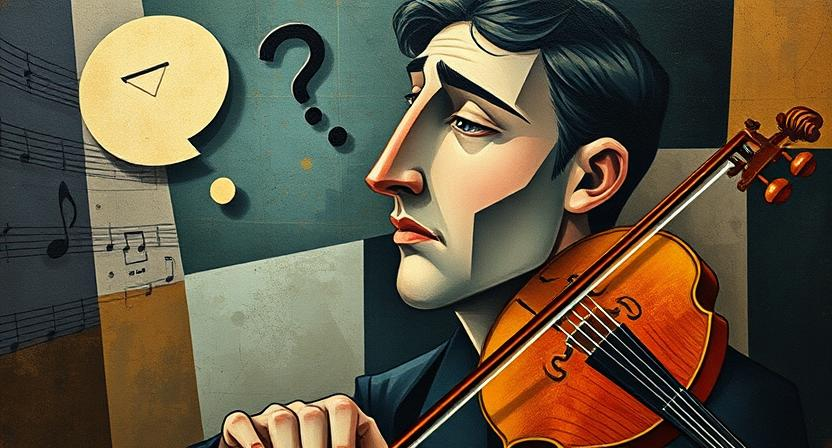
Since we know the definition of the word, here are some of the reasons why it is essential to use it in music:
- Establish the Character of the Work and thus approach an abstract idea of how the musical piece that we are learning should sound:
- Tempo is one of the main elements of music, and it helps the performer know what character the work should have.
- Musical Tradition and Ease of Communication Between Composer and Performer:
- The use of Italian terms to indicate tempo dates back to the Baroque period, and this tradition has been maintained in classical music.
In summary, “allegro” is a tempo indication used to indicate that a piece should be played quickly and cheerfully. Its presence at the beginning of a violin piece, or any other musical piece, provides crucial information for the performer and helps shape the listening experience.
Now how can we implement these elements when we make music?
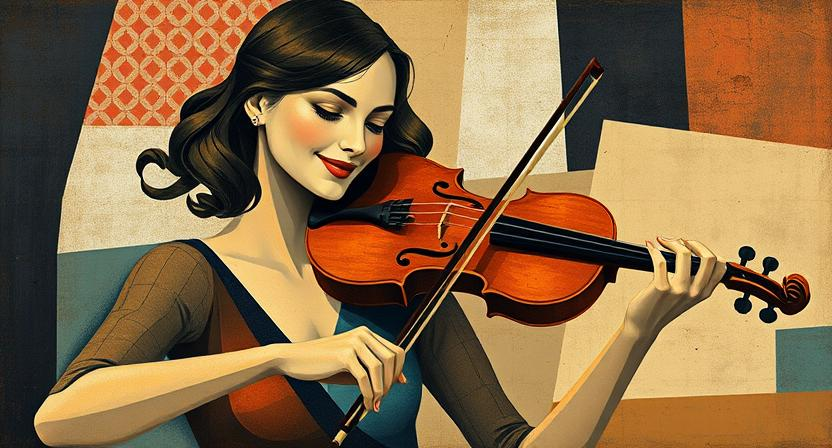
Physical Expression:
Joy manifests physically in the performer. Movements become more fluid and energetic, posture straightens, and facial expression lights up. This physical expression translates into a more vivid and convincing interpretation that resonates with the audience and with your heart.
Tips for Connecting with Emotions Through the Violin:
- Listen with the Heart:
- Before playing, take a moment to listen to the music. Feel the emotions it conveys and let them guide you.
- Visualize Your Emotions:
- When you play, imagine your emotions turning into notes. Visualize joy as a ray of sunshine, a moment in your life where remembering the feeling of happiness invades you.
- Experiment with Dynamics:
- Don’t be afraid to explore the nuances of dynamics. A passionate forte can express the strength of your emotions, while a soft piano can convey the delicacy of your feelings.
- Let the Music Guide You:
- Do not forget to practice your music very slowly so that in each note you discover the true joy that is found in each note, even though the tempo is fast, your understanding must be slow so that you dominate and assimilate that emotion of joy.
The Violin, a Personal Journey:
Every violinist has their own emotional journey with the instrument. No two experiences are the same. Share a brief personal anecdote about how the violin has helped you express your emotions.
Conclusion:
The violin is much more than a musical instrument. It is a companion on our emotional journey, a mirror of our souls. So, the next time you pick up your violin, remember: you are not just playing notes, you are releasing emotions.
